Indigenous Australians prefer the term “social and emotional wellbeing” to “mental health”. They recognise that mental health is connected to our relationships, our place in the world, with our past and with nature.
Indigenous researcher Cammi Murrup-Stewart has completed a PhD thesis investigating the links between Indigenous culture and Indigenous health. “Within the Aboriginal community, concepts such as mental health are more holistic,” she says.
“We have this idea that everything is connected, and to be a well person, you need to have these positive connections with your family and community, with your physical body, and also with the land around you, which I think the Australian community is starting to understand a little bit better.”
The first part of her thesis reviews medical literature on Indigenous health, with a particular focus on how researchers recorded Indigenous responses to health programs.
“A lot of the research comes from a white perspective, and there’s not that much scientific evidence that has been verified by the scientific community that is based on an Aboriginal perspective,” Murrup-Stewart says.
Devalued Aboriginal perspectives
Generally speaking, the research she reviewed “definitely devalued the Aboriginal perspectives, and so missed a lot of important findings, or prioritised things that have not resulted in any positive change”.
For example, when researchers evaluated a program, and then reported on their survey results, “the survey was obviously answering questions that were predetermined by somebody else’s priorities, things like attendance rates. And it muddied what the experience of those participants actually was, or didn’t even put the words of those participants in the publication.”
While some authors were culturally sensitive, “sometimes you had no idea what their background was, and what was driving their decisions to choose certain findings over others, or ask certain questions over others”, she says.
With Closing the Gap initiatives, for example, “the consultation either hasn’t happened or is tokenistic, or shallow; the baseline is still a Western perspective”, Murrup-Stewart says.
“And so a lot of these initiatives aren’t going anywhere, because they’re not targeting the right things, they’re not evaluating the right things, and they’re not listening to the right voices.”
She explains that defining poor Aboriginal wellbeing through a colonial perspective provides only colonial solutions – another process of assimilation. These approaches don’t typically align with Aboriginal beliefs about health and wellbeing.
She gives the example of school attendance rates, which are “a determination of success” in the Closing the Gap program.
“An Aboriginal person might say, ‘OK, attendance could count towards something, but we value the quality of what they’re learning. So if the school only teaches white history, then is my child developing into a well-rounded person with an understanding of their own history? Is that contributing to their wellbeing, and their learning, and their knowledge?’”
“I think it’s still really weird to hear that in secondary schools that Indigenous culture is still not being taught. Like, that really frustrates me at this day and age that kids only get, ‘1788 the First Fleet came, and that’s where Australia started’. That just does my head in.” – Rachael
Rather, Murrup-Stewart’s research argues that Aboriginal people are capable of identifying solutions to issues they face, but that the responsibility for this lies with both Aboriginal and non-Indigenous society.
“We need support and resourcing from government and non-Indigenous communities – we need allies to support our calls for change led by Aboriginal people. The consistent failings of the Closing the Gap program goes to show that Western approaches just aren’t working. It’s beyond time to listen and respect the voices of Aboriginal people.”
Murrup-Stewart’s research also includes “yarning” conversations with 20 young Indigenous people in Narrm – the Woiwurrung word for the broader area of Melbourne – in which they discuss their own social and emotional wellbeing.
Yarning is different from a traditional research interview, partly because it utilises Aboriginal communication protocols, and prioritises mutual respect and responsibility between the researcher and the knowledge holder (participant).
Murrup-Stewart, for instance, who is 31, also grew up in Narrm. Her mother, a member of the Stolen Generation, was raised by a non-Indigenous family.
“She was taken when she was a bub, and put into an orphanage in eastern Melbourne, and then was adopted by the woman who I now consider to be my grandmother,” Murrup-Stewart says.
“Her family history and our records are pretty scattered. We know some of our family, but we don’t know what tribe or language group we belong to. Many young people deal with stuff like this, and if we don’t even address it, then it’s not going to get any better,” she says.
This gap in family knowledge is common in Melbourne and Sydney, where many Indigenous people live among the wider community, often unrecognised – according to the 2016 census, the Indigenous populations of NSW and Victoria have doubled since 2001.
But the southeastern Aboriginal communities have different cultures than the remote and rural communities in the Northern Territory that are often portrayed as the image of Aboriginal Australia. Murrup-Stewart says.
“People from southern Australia are fairer, too, so there’s not that easy visibility. And colonisation has led to a lot of families choosing, for their own safety, not to publicly identify as Aboriginal. So back one or two generations, a lot of people would say they were perhaps Greek or Indian.
“The trauma from the different discrimination policies led to people hiding their identity within their families. [Being Aboriginal] was too traumatic to talk about, even with their kids.”
“We didn’t find out my family was Indigenous until after my grandfather died, because he completely divorced himself of it, because he was worried his children were going to get taken away” – Hannah
Many of these families are now making efforts to reclaim their history, she says.
“There is a push for healing, and recognising that people are getting older and they’re passing on, and so we’re losing a lot of knowledge.
“It’s a strange balance between respecting and caring for the older generations, because you don’t want to have them re-traumatised. And also making sure that we start to uncover some of the truth, some of the knowledge, and pass that down.”
Each family navigates this path in their own way. When yarning is working optimally, it creates a safe space for people to share their story. Yarning is also more informal and less structured than a conventional research interview. Importantly, it recognises that the people with whom the researcher yarns are knowledge-holders, that each perspective is valid.
“The interviews came out of the findings of the systematic review, the idea that we needed to understand these perspectives and do research that hasn’t been done before,” Murrup-Stewart says.
“So we went back to the source and asked: ‘As Aboriginal community members, what do you think? What is success? What is social and emotional wellbeing? What influences these things for you?’
She spoke to 20 people aged 18 to 28, because “young adulthood is such a peak time for social and emotional wellbeing, for the formulation of identity and mental health, and physical health habits, and the establishment of relationships and careers”.
And she chose to speak to urban youth, because so little research has been done on Indigenous city-dwellers.
After “a few yarns with young people, I realised that I’d missed the question”, she says. “What is culture to young Aboriginal people in Melbourne?
“All of them had different interpretations, not only because they came from different tribes and backgrounds, but also because their personal upbringing, their family history, influenced how they saw Aboriginal culture and how they participated in culture.”
“I’ve never been really connected to culture, so I think that’s probably why culture for me is connection, because it’s kind of something that I’ve not really been exposed to a lot in my upbringing.” – Rebecca
Murrup-Stewart says: “I didn’t expect to be investigating what culture was, but it was an important starting point for going back to those deeper, more complex understandings that surround social and emotional wellbeing. If we’re looking at policy initiatives that say something like, ‘You need to be more culturally aware in your program’, what does that actually mean to the participants?”
All the knowledge-holders agreed that “culture really comes down to relationships with people, with community, with the world around you, with your environment”. But how culture was experienced differed between individuals.
“If you don’t have that traditional cultural heritage, you know, if you don’t know who your mob is, it’s very easy to be ashamed” – Neridah
“Culture is important to everyone, but it’s those nuances that matter,” Murrup-Stewart says. “Because when you’re trying to address, from an Aboriginal perspective, poor social and emotional wellbeing, you’re actually trying to address disconnection between Aboriginal culture and an individual.”
“I think of my girlfriend…she’s got really strong family lines and they know who their ancestors are, and it’s been well-recorded, and I guess they’re quite strong in their identity and their connection to their communities? To me, I sort of feel like an outsider, but I’m not really an outsider because, you know, I’ve grown up here.” – Alex
“How do we develop strong connections between these different cultural elements in order to improve social and emotional wellbeing?” Murrup-Stewart asks. “We need to figure it out.”
“I didn’t get that storytime, or just knowledge. Even last Friday, when I was making emu-feathere earrings, I never knew how sacred emu feathers were – I never knew that until last week.” – Briony
All of the knowledge-holders were “very tired of Aboriginal community being portrayed as being in deficit, of our wellbeing being an issue that needed to be solved by white people”, she says. “In our cultural toolkit, we have a range of strategies and beliefs embedded to solve these problems.”
So if a young person says they know connection to Country improves their emotional wellbeing, “then let’s cultivate that, let’s improve that connection. Let’s not focus on being disconnected.”
An honest acknowledgment of past traumas and the ongoing impacts of colonisation is important, but so is “looking at the strengths of our community, and building on those, because there’s so many out there”.
“I’ve had times when I’ve been on Country by myself, and times when I’ve been with family as well, and I think it’s really special to feel like you’re being looked after, you know, that you’re really safe. I mean, it’s the one place I can go and really feel safe.” – Erin
This article was first published on Monash Lens. Read the original article


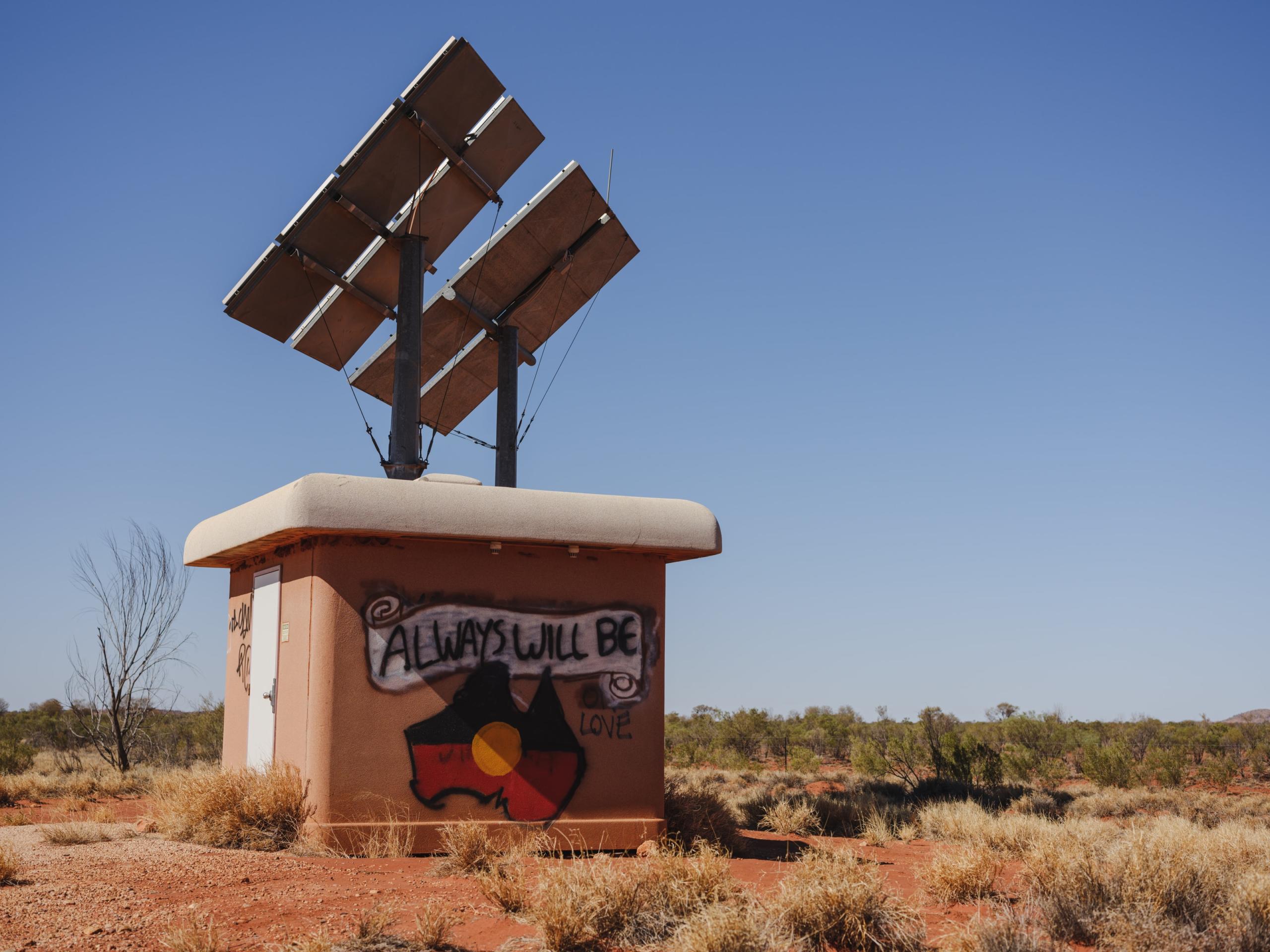
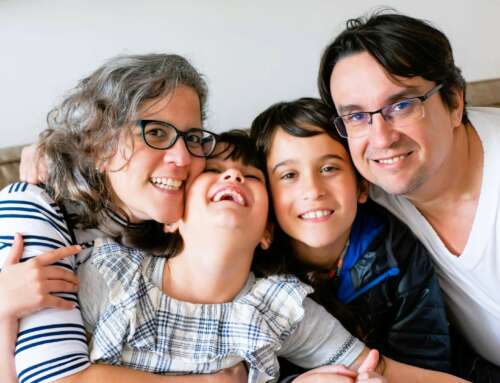
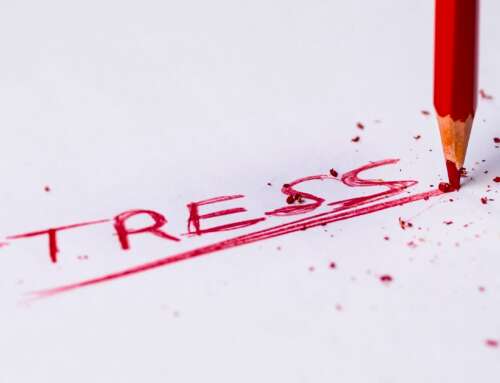
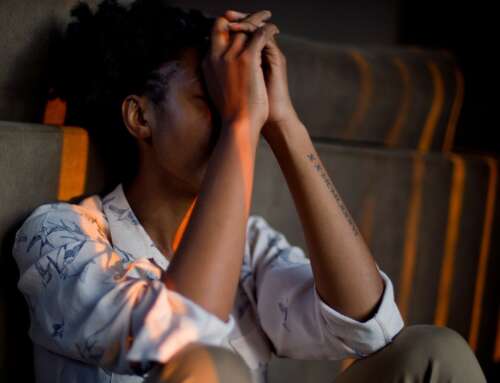
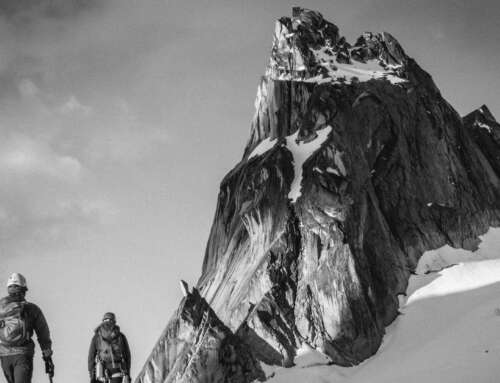

Leave A Comment